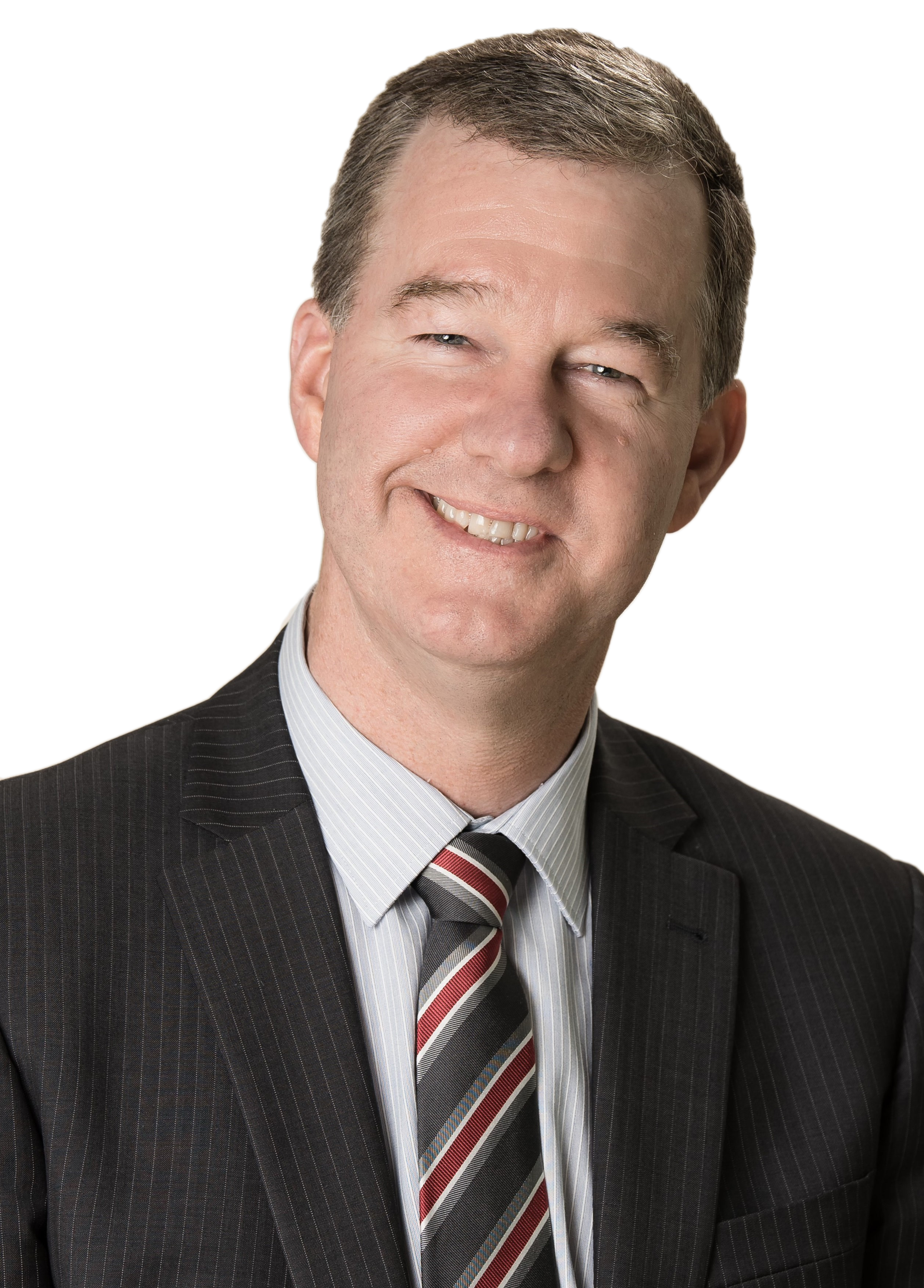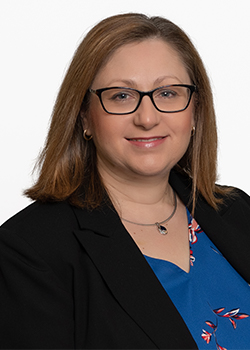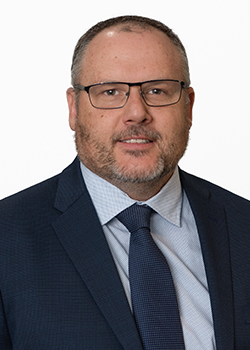How your coming tax cut could pay off
Over the coming weeks, around 12 million working Australians will start receiving extra cash in their pay packets as a result of changes to personal income tax brackets announced by the federal government.
Over the coming weeks, around 12 million working Australians will start receiving extra cash in their pay packets.
It's an artificial pay rise that's largely come about from changes to personal income tax brackets that were announced by the federal government in the 6 October budget.
By lifting tax bracket thresholds, more Australians will now be paying less overall tax.
As shown in the table below, most individuals will receive a tax cut of between $1,060 and $2,745 per year, depending on their taxable income. The individual tax savings equate to between about $20 and almost $53 per week more in after-tax cash income.
And because the start of the new tax scale has been backdated to 1 July this year, workers also will receive a one-off lump sum amount for the higher income tax rates paid since the beginning of this financial year after they lodge their 2020-21 annual tax return.
Working couples, of course, will receive a double benefit in terms of more combined weekly income and two backdated lump sum payments.
Tax relief by taxable income, 2020-21 compared with 2017-18 2017-18 2020-21
| 2017-18 | 2020-21 |
| Taxable income $ | Tax liability $ | Tax liability $ | Change in tax $ | Change in tax % |
| 40,000 | 4,947 | 3,887 | -1,060 | -21.4 |
| 60,000 | 12,147 | 9,987 | -2,160 | -17.8 |
| 80,000 | 19,147 | 16,987 | -2,160 | -11.3 |
| 100,000 | 26,632 | 24,187 | -2,445 | -9.2 |
| 120,000 | 34,432 | 31,687 | -2,745 | -8.0 |
| 140,000 | 42,232 | 39,667 | -2,565 | -6.1 |
| 160,000 | 50,032 | 47,467 | -2,565 | -5.1 |
| 180,000 | 57,832 | 55,267 | -2,565 | -4.4 |
| 200,000 | 67,232 | 64,667 | -2,565 | -3.8 |
Source: Commonwealth Government. Actual outcomes for individuals and households may differ.
In announcing its tax changes, the government noted the measures will support Australia's economic recovery by giving individuals and families more immediate money to spend on what they need.
Yet, depending on personal circumstances, it also may be worthwhile considering whether some or all of the new tax windfall can be used as part of a longer-term wealth building strategy.
A tax cut compounding strategy
Scientist Albert Einstein famously described compound interest as "the eighth wonder of the world".
Why? Einstein rightly calculated that any savings balance will grow significantly over time when interest payments are added. As an initial balance increases, so does the size of the interest payments made because they are applied to the higher savings balance amount.
As such, even a small weekly deposit amount will steadily add up over time when combined with compounding investment returns on the growing savings balance.
As noted above, a person on a taxable income of $40,000 per year will now be receiving an extra $1,060 a year in take-home pay as a result of the government's announced tax changes. This works out to $20.40 per week. Someone on a taxable income of $120,000 will receive an extra $52.79 per week.
The table below incorporates the announced tax savings and shows how regular deposits can add up over time with the benefit of compounding returns.
The numbers are based on a hypothetical starting balance of $5,000 and are calculated using an annual return of 8 per cent.
This largely matches the 7.9 per cent actual annualised total return from the top 300 companies listed on the Australian share market over the last 10 years.
To simulate the effect of compound interest, the total return assumes than an investor had reinvested all of the company dividends that were paid since 2010 back into the Australian share market.
This would have been possible using either an Australian share market managed fund or exchange traded fund (ETF) offering a dividend reinvestment program (DRP) option. In this way, whenever dividend distributions are paid, they are converted into additional fund units.
Using the tax savings to achieve compound growth
| Extra cash per year | Extra cash per week (rounded) | Total deposits | Total interest earned | Total savings |
| $1,060 | $20 | $10,400 | $11,554 | $26,954 |
| $2,160 | $42 | $21,840 | $17,554 | $44,394 |
| $2,445 | $47 | $24,440 | $18,918 | $48,358 |
| $2,565 | $49 | $25,480 | $19,464 | $49,944 |
| $2,745 | $53 | $27,560 | $20,555 | $53,115 |
Source: Vanguard.
The annualised 8 per cent return number used in the calculations is for illustration purposes only. Past investment performance should never be seen as an indicator of future performance.
However, the long-term positive effect of compound growth would still apply on lower annualised returns.
A superannuation angle
Investing the new tax savings directly is one option, but individuals also may want to consider channelling their higher after-tax income into their superannuation account.
It's now possible to make after-tax payments into a superannuation fund, up to the annual allowable $25,000 concessional limit, and then claim a 15 per cent tax refund deduction in the next year's tax return.
That's because superannuation payments are generally paid from one's salary using pre-tax income, and are concessionally taxed at 15 per cent.
In a practical sense, what that means is that individuals can use the new tax cuts to claim an additional 15 per cent deduction by directing their after-tax income into superannuation.
Done over an extended period of time, such a strategy will have the same benefits of compounding returns as someone investing outside of superannuation, but have the extra benefit of being able to claim a tax deduction – which also could be reinvested.
Conclusion
How the new tax cuts are spent, or invested, is absolutely an individual choice – and probably a joint decision for most couples.
Used as part of a disciplined, low cost and diversified long-term investment strategy, however, the benefits of making regular deposits and leveraging compounding returns are clear.
Before making any investment decision, it may be worthwhile to consult with a licensed financial adviser.
Tony Kaye
Senior Personal Finance Writer
04 Nov, 2020
vanguardinvestments.com.au








